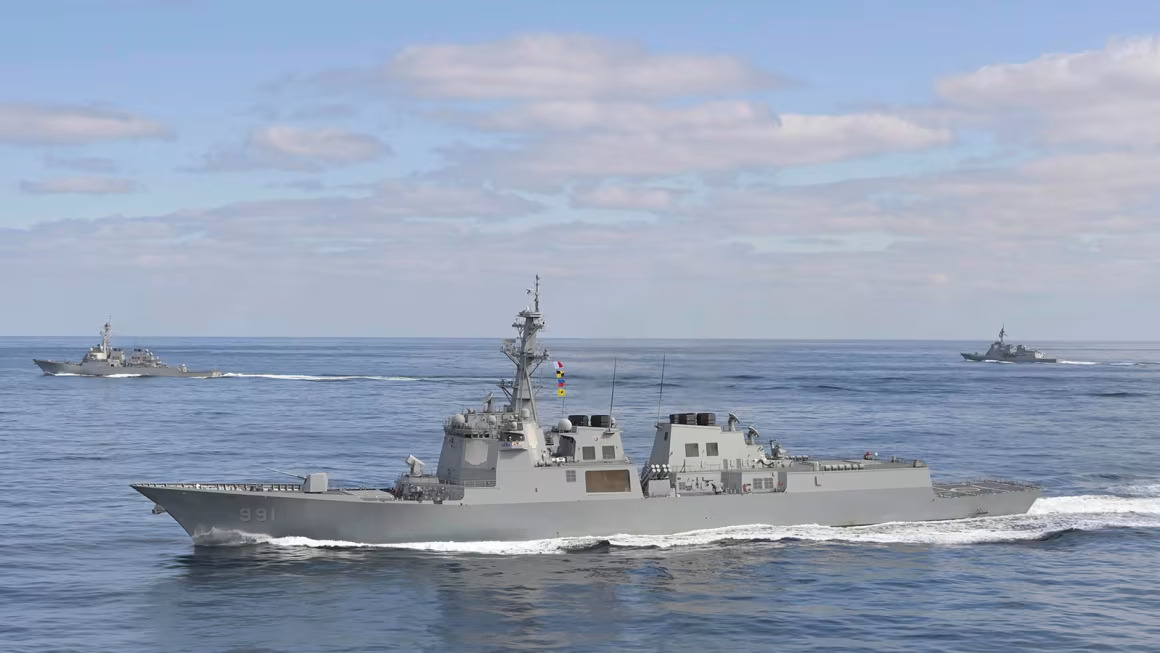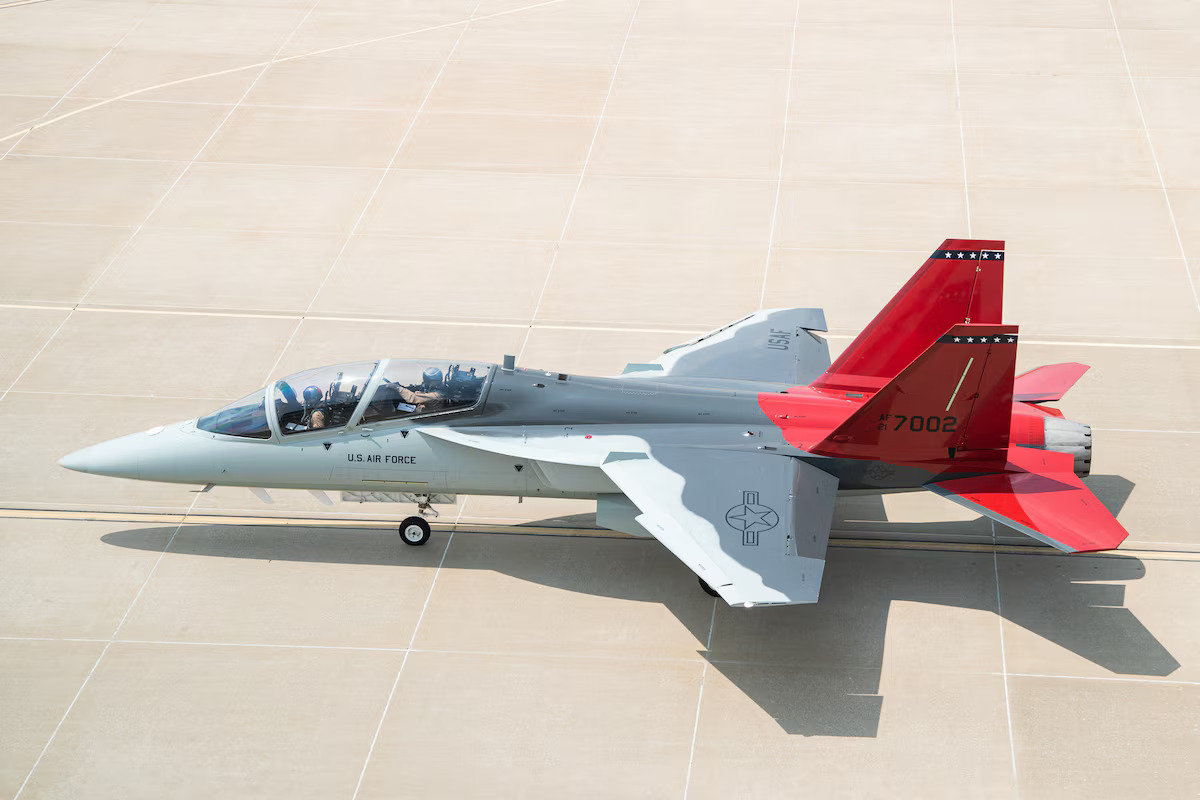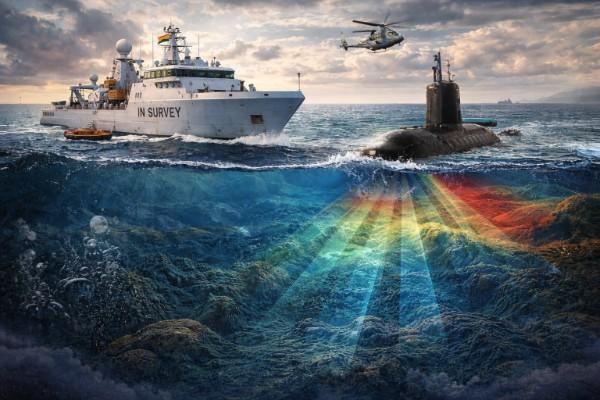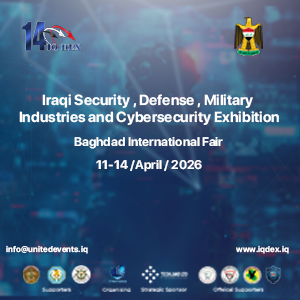As navies prepare for a battlespace increasingly defined by unmanned platforms, artificial intelligence, and contested electromagnetic environments, the ability to test and validate future weapons systems—especially those that do not yet exist—becomes a strategic necessity. South Korea’s concept for a future AI-based naval command ship is one such system. Envisioned as a central command node in a manned-unmanned maritime architecture, this platform would coordinate operations among UAVs, USVs, and UUVs while autonomously processing ISR data and executing real-time combat decisions.
Traditional military simulation tools often lack the agility to model such cutting-edge, cross-domain operations. To fill this gap, my team used a commercial wargame engine—Command: Modern Operations (CMO)—to evaluate the operational value of this notional AI command ship under a future conflict scenario in the Yellow Sea. Our findings demonstrate that commercial simulation platforms can offer powerful, cost-effective ways to evaluate doctrinal concepts and system integration before hardware ever hits the water.
Table of Contents
ToggleUsing Commercial Tools to Evaluate Unbuilt Systems
While CMO is a commercial game, it is widely used by military professionals for operational analysis and training. Unlike legacy simulation systems that focus on current inventories and static engagement templates, CMO allows for programmable trigger logic, deep database editing, and the simulation of non-linear, multi-domain effects. These features make it particularly suitable for testing future concepts such as AI-enabled C4ISR, hybrid threat environments, and unmanned swarming operations.
In our study, we modeled a near-future hybrid conflict scenario set in 2030. The simulated conflict began with North Korean sabotage of undersea communications infrastructure using unmanned underwater vehicles (UUVs), followed by jamming operations, false AIS (Automatic Identification System) signal generation, and swarm attacks from midget submarines and fast attack craft. South Korea’s response centered on the deployment of the AI command ship, a hypothetical platform modeled in-game as a modified KDX-III Sejong the Great–class destroyer, along with a force package of patrol vessels, drones, and unmanned maritime systems.
Simulating the AI Command Ship: CMO as a Surrogate AI Lab
To simulate the AI command ship’s decision-making capabilities, we used CMO’s event editor to create conditional behavior triggers. The command ship was configured to receive sensor feeds from high-altitude UAVs modeled after the MQ-4C Triton, mid-altitude ISR drones, USVs equipped with surface radar and sonar, and UUVs operating in contested littoral zones. The ship processed this data in real time, allocating unmanned assets to track or engage enemy targets based on threat classification and mission priority. Although CMO lacks machine learning functionality, these scripted behaviors approximated key AI-like functions such as pattern recognition, delegated tasking, and adaptive engagement, even without true machine learning.
In addition to ISR coordination, the AI command ship was programmed to filter spoofed AIS signals and direct UAVs to serve as communications relays during periods of jamming. This mimicked the role of a centralized command system preserving situational awareness and network integrity in a degraded electromagnetic environment.
Scenario Design: Four Variants, One Question
To assess the operational value of the AI command ship under combat conditions, we designed four distinct force configurations and tested them against a fixed set of North Korean threats. The first configuration, the Control Group, consisted of a conventional patrol element comprising three Chamsuri-class patrol craft and a single Pohang-class corvette. This group operated without any unmanned support or centralized coordination, serving as a baseline for comparison.
The first experimental group built upon the control configuration by integrating three MH-60R Seahawk helicopters equipped with sonobuoys for anti-submarine warfare. While these aircraft enhanced detection capabilities—particularly against North Korean Yono-class submarines—they remained highly vulnerable to hostile surface threats.
The second experimental group also retained the baseline patrol composition but introduced two kamikaze-type unmanned surface vessels (USVs). These platforms, modeled using lightly armed Expeditionary Warfare USV units within the CMO environment, were programmed to conduct suicide attacks on enemy vessels using proximity-triggered logic.
The third and most advanced configuration incorporated the notional AI command ship as the central command node. In this group, the command ship directed a comprehensive array of ISR drones, loitering attack UAVs, USVs, and UUVs. Each unmanned platform was assigned behavior logic tailored to its mission, enabling coordinated engagement, real-time surveillance, and adaptive threat response across the battlespace.
Each configuration was tested multiple times under identical enemy conditions. The opposing North Korean force structure included Yono-class submarines, Soju-class fast attack craft, UUVs equipped with sonar spoofing and deception capabilities, and jamming systems designed to disrupt command and control links.
Outcomes: When the AI Takes the Helm
The control group predictably underperformed. Friendly patrol vessels struggled to detect Yono-class submarines, which inflicted heavy losses through torpedo attacks and deception maneuvers. The addition of ASW helicopters improved detection, but losses remained high due to poor survivability of aerial assets.
The introduction of kamikaze USVs created significant disruption in enemy formations. These unmanned platforms successfully neutralized fast attack craft, forcing North Korean units to scatter. However, without centralized ISR coordination, engagement timing and asset allocation remained suboptimal.
The best performance came from the group led by the AI command ship. The ship dynamically allocated UAVs to suspected spoofed AIS zones, used USVs to intercept fast attack craft before they entered weapons range, and deployed UUVs to triangulate sonar contacts. As a result, friendly force survivability exceeded 70 percent, and enemy losses were concentrated and rapid. The simulation showed that AI-enabled fusion, tasking, and communications management—not just better sensors or more drones—made the decisive difference.
Broader Implications: What We Learned
This experiment yielded three critical takeaways for defense planners and system developers.
First, AI-based command ships offer substantial survivability and effectiveness gains when managing complex, multi-domain engagements involving unmanned systems. Even in a degraded communications environment, scripted AI behavior simulated through CMO allowed the notional platform to preserve mission continuity and control over subordinate assets.
Second, commercial simulation tools like CMO provide a flexible and affordable platform for testing warfighting concepts before expensive prototypes or procurement decisions are made. While not a replacement for classified simulations or live testing, platforms like CMO enable repeatable, scenario-driven concept validation.
Third, integrating simulation into early-stage capability development helps stress-test doctrine and integration concepts, rather than just platforms. In our case, it was not simply the hardware that made a difference—but how unmanned systems were coordinated, triggered, and tasked within an AI-supported architecture.
Toward Simulation-Driven Capability Design
As South Korea and its allies develop next-generation platforms such as the KDDX-class destroyer or integrated unmanned fleets, simulation-based experimentation should play a central role in both concept refinement and force structure planning. Our CMO-based analysis demonstrates that advanced maritime C2 platforms—especially AI-enhanced ones—can be meaningfully evaluated and iteratively improved using commercially available tools.
The concept tested here, modeled as an AI-enabled naval command ship within a hybrid maritime conflict, proved not only operationally viable but tactically transformative. As militaries face growing pressure to innovate faster and smarter, simulation-driven approaches like this may become indispensable for securing maritime advantage in the AI age.

Dr. Ju Hyung Kim
Dr. Ju Hyung Kim serves as President of the Security Management Institute, a defense-focused think tank affiliated with South Korea’s National Assembly. He has contributed to numerous defense initiatives and has advised key institutions, including the Republic of Korea Joint Chiefs of Staff.
- Dr. Ju Hyung Kim















